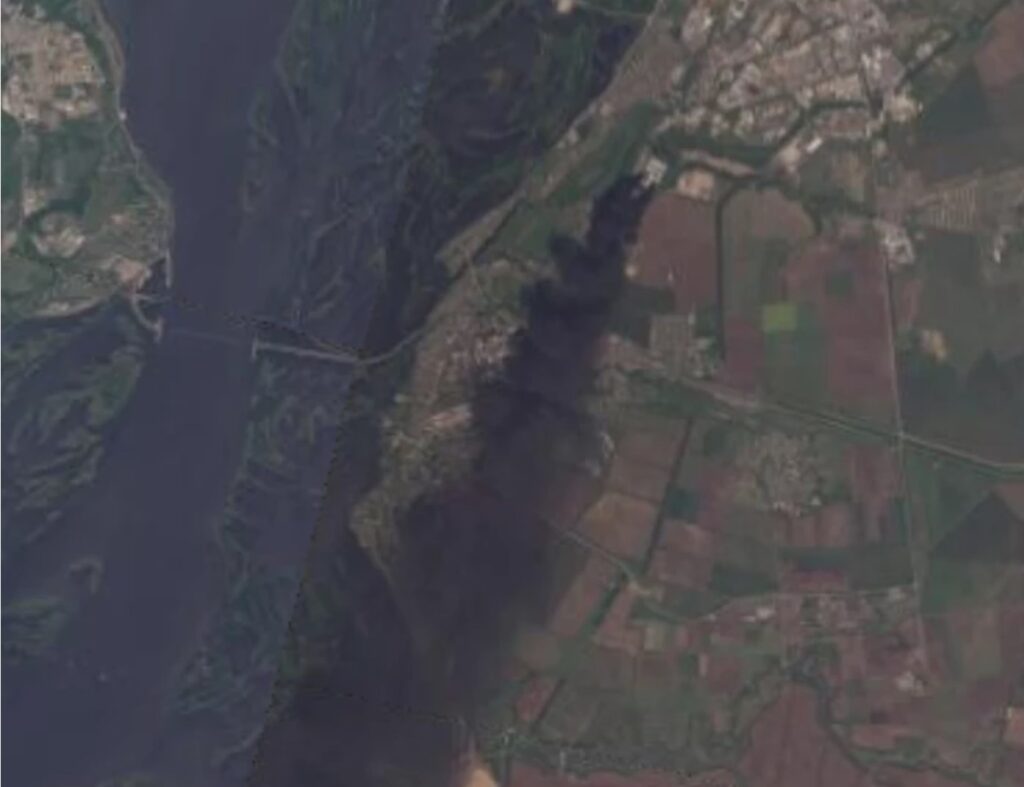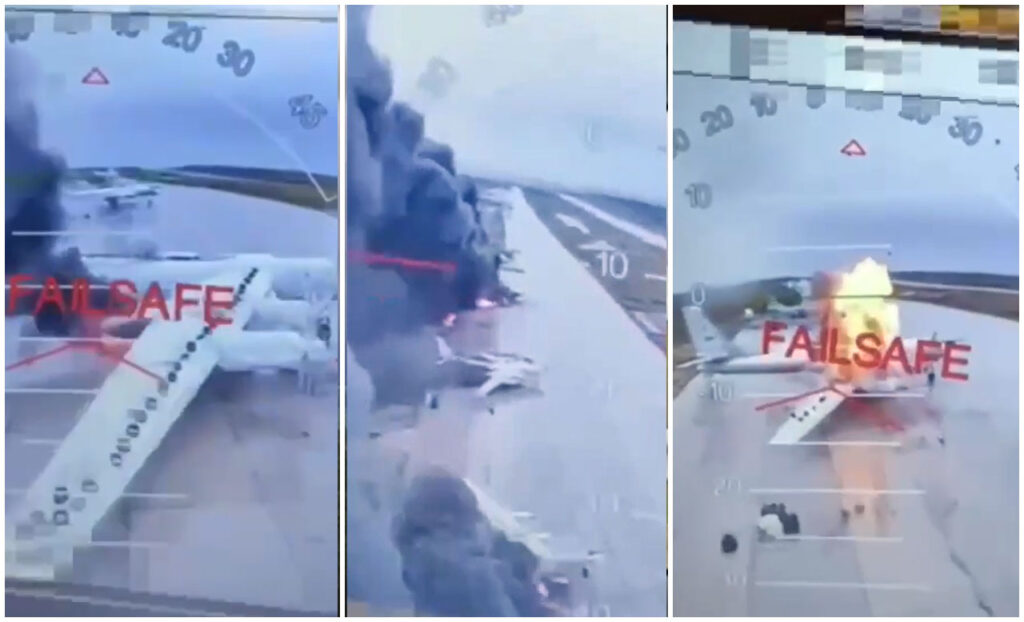Ukrainian drones target drone-producing Tatarstan in Russia

Ukrainian drones targeted Russia’s Tatarstan overnight on 10 June, with explosions heard and drones seen in the cities of Yelabuga and Nizhnekamsk — over 1,200 km from Ukraine’s border. Russian authorities responded by grounding flights at multiple airports and expanding penalties for publishing drone strike footage.
Drone strikes target Tatarstan and beyond
According to reports from Russian Telegram channels including Astra and Mash, explosions were heard in Nizhnekamsk, as the Ukrainian Liutyi drones were spotted there, and in Tatarstan’s Yelabuga. Eyewitnesses cited by Mash claimed the drones were flying north, toward areas with suspected drone factories.
Ukrainian Telegram channel Supernova+ also shared last night’s footage featuring the sound of a massive explosion, head in Russia’s Tver, and of a drone fly-by in Saratov.
Local residents captured the moment when air defense missiles failed to intercept a fixed-wing drone flying over Tatarstan’s Nizhnekamsk.
The Shahed-manufacturing facility in Yelabuga was last targeted by Ukrainian drones in late May and, earlier, in April.
Drones hit Russia’s Shahed drone factory 1,200 km from Ukraine again
Russian MoD claims widespread drone interceptions
The Russian Ministry of Defense stated that between 21:50 and 23:55 Moscow time on 9 June, Russian air defense destroyed 76 Ukrainian fixed-wing drones: 46 over Bryansk Oblast, 16 over Belgorod Oblast, 2 each over Oryol and Kaluga oblasts, and 1 over Voronezh Oblast, and 9 over occupied Crimea.
In the next morning update, the Russian MoD claimed a total of 102 UAVs were intercepted overnight, including drones over Moscow, Tatarstan, and other regions.
The Leningrad Oblast governor, Aleksandr Drozdenko, stated a drone was allegedly shot down over Tosnensky District. He also reported restrictions on mobile and internet access in several areas. He also said internet and mobile communication restrictions were imposed in places.
Flight disruptions across multiple Russian cities
The Russian Federal Air Transport Agency, Rosaviatsiya, temporarily restricted take-offs and landings at airports in Nizhnekamsk, Pulkovo in St. Petersburg, Izhevsk, Kirov, and all Moscow airports.
Artem Korenyako of Rosaviatsiya noted the suspensions were imposed at the height of the drone threat, and that safety protocols such as the standard plan Kovyor, grounding all civilian aviation, were enacted in multiple cities.
Russia enacts regional bans on sharing drone strike data
Russian officials have imposed fines and restrictions on publishing any materials about drone strikes. Kommersant reports that regional governments have introduced penalties ranging from administrative fines to criminal prosecution.
In some instances, the fines — ranging from 3,000 to 200,000 rubles ($40–$2,550) — were issued to residents who shared videos or comments on social media. Media outlets, Telegram channel admins, and social media users have also been targeted. Repeat violations can lead to up to three years in prison.


 TG/Supernova+
TG/Supernova+ 







